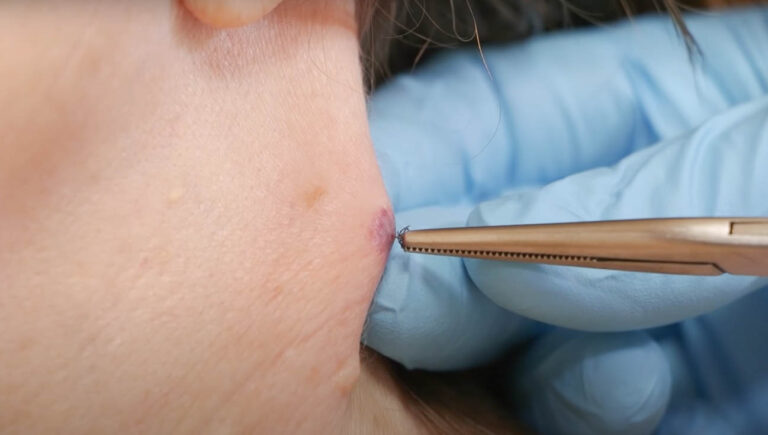How to protect yourself and pets from tick bites
How to protect yourself and pets from tick bites
Tick are blood-sucking parasites that take blood meals from humans, warm-blooded animals, and reptiles. They also spread diseases as they take blood meals. This means that you and your pets are susceptible to tick bites and can get any of the tick-borne diseases as a result.
Because ticks constantly need blood as a part of their diet, they actively search for hosts. This is why you should protect yourself and pets from tick bites. In this article, we highlight ways of achieving this protection.
Wear protective clothing
Ticks can only bite when they have access to your skin. Protective clothing can block the access of the critters to your skin by reducing the exposed skin area.
This is why protective clothing includes long pants, long-sleeved shirts, and socks. Keeping the pants tucked into the shirt will help to reduce their access to your skin.
You should also pay attention to the type of fabric of clothing you wear outdoors as thicker fabrics provide better protection against ticks. This is because the clothing is typically harder for the ticks to pierce.

Use permethrin clothing spray or wash
Permethrin clothing spray or wash will help keep ticks away. This spray can be directly applied to clothing and is important when spending time outdoors, especially in areas with high populations of ticks.
Ticks cannot attach to clothing that has been treated with permethrin spray and thus cannot bite you. The ticks will fall off as they try to attach to your clothing. It is noteworthy that permethrin is effective even after 5 to 6 washes. The most effective and recommended products are those with 0.5% permethrin. You can also treat gear with permethrin as ticks can attach to them and infest your home that way.
Search for ticks
Ticks can remain attached to the skin for a long time when taking a blood meal. Searching after spending time in a tick-prone area is especially important for pets. Dogs are very susceptible to tick bites as the tick can attach and stay on their fur for long periods. Searching for ticks on pets could especially help to prevent the transmission of serious diseases. It takes about 48 hours for ticks like deer ticks to be able to spread diseases. By searching for ticks and removing them, you can protect your pet from serious tick-borne diseases. We advise searching your pets for ticks after a day of outdoor activity.

When searching your pet for ticks, focus on areas the critters are bound to attach to such as the neck, between the toes, and the ear.
You could also search for ticks on your body after a day outdoors. Focus on areas such as the back of your knees, under your arms, and between your legs. Also, endeavor to shower immediately after spending some time outdoors in tick-prone areas.
Avoid tick contact
Staying away from areas with a high tick population is a simple trick for keeping you and your pets safe from tick bites. Wooded areas are bound to house ticks. Shaded and humid areas will also hold a significant population of the critters, especially in tick-prone areas.
You should avoid areas that will possibly hold a large population of the critters. Also, reduce the activity of your pets in such areas.
Use safety products for your pets
Several products to keep pets safe from tick bites are available. Discuss with your veterinarian about the available options for a recommendation of the best product for your dog.
Tick protection products can be applied all year round and will help keep your pet safe from diseases such as heartworm disease which has serious health consequences.
Protecting you and your pets from tick bites will help keep you safe from the numerous diseases the critters can spread.





